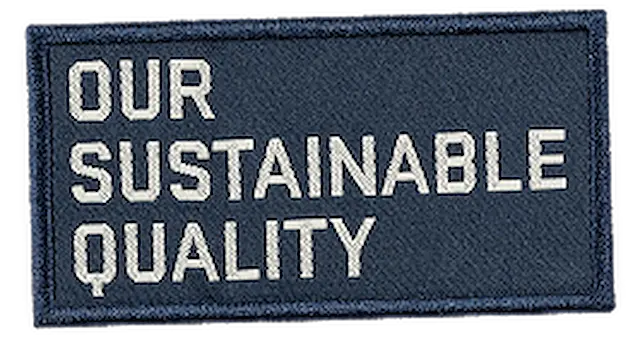
OUR INITIATIVES
The textile industry, our industry, is one of the worst performers when it comes to sustainability – a position we don’t intend to end up in. We believe it’s our responsibility as a clothing manufacturer to create a sustainable value chain. Doing so requires both daily work and bigger leaps from time to time. Let us tell you about our various initiatives.
SUSTAINABILITY LABELLING
MADE IN GREEN - TOUGH TO EARN, EASY TO CHOOSE
Sustainability labels can mislead customers – or revolutionise sustainability efforts. We’ve chosen to work with OEKO-TEX® MADE IN GREEN because we wanted the label with the highest standards for social and environmental sustainability. We’re forging ahead with ensuring that garment after garment meets the criteria and won’t relax until all Blåkläder products have the Made in Green label. Feel free to ask us how it’s going.
Compared to other consumer goods, in 2020 clothing and textiles consumed the third highest amount of water and land, used the fifth highest amount of raw materials and caused the fifth highest greenhouse gas emissions, according to the European Environment Agency. By no means rankings to be proud of.
So in 2018 we started the process of verifying our workwear for the independent and internationally recognised OEKO-TEX® MADE IN GREEN sustainability label – one of the toughest certification processes that clothing manufacturing can go through. They took over half a decade to verify everything, but in 2024 we were able to award several of our most popular garments Made in Green labels, including our best-selling 1459 service trousers.
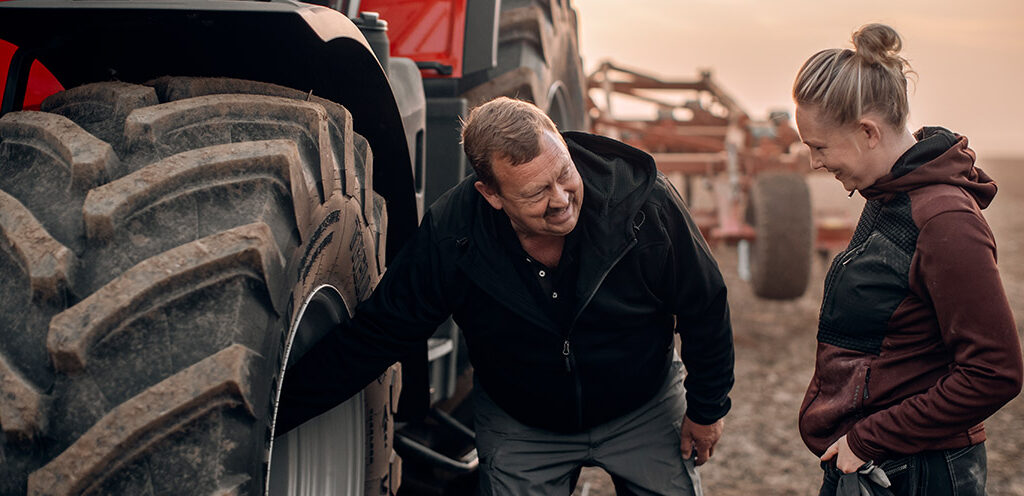
Our target for 2025 is to have 75 percent of our range validated for climate impact, social conditions and harmful substances. It has been a gruelling job, but we’ve actually achieved it without having to make any changes to production – which clearly indicates that we’ve been doing things right from the start. But we won’t be satisfied until everything we sell meets the Made in Green requirements.
More about OEKO-TEX® MADE IN GREEN
Oeko-Tex offers standardised solutions for greater transparency and sustainable optimisation of manufacturing processes in the textile and leather industries. The organisation’s certifications and labels help consumers choose safe products from a sustainable and transparent value chain.
The Made in Green label indicates that the product is manufactured in a value chain certified under STeP by Oeko-Tex, a standard that audits the entire operation for environmental and social sustainability. STeP certification means that production of the garment shows consideration for the climate, ensures high quality and takes place in facilities with safe and fair working conditions. Products with the Made in Green label must also be able to demonstrate full traceability and be tested for harmful substances.
OUR PROMISE
LIFETIME GUARANTEE ON SEAMS
We’re happy that our seams stand up to scrutiny. After all, hard-wearing workwear and fragile seams don’t go together. Our lifetime guarantee on the seams of our garments is one of the many ways we combat wasteful consumption.
We want our clothes to be put to work, and that means there’s no time for avoidable problems like split seams.
Our work trousers are made from extremely durable materials, with triple stitching and reinforcement in the most susceptible areas. We can’t imagine it will, but if a seam does split in an otherwise serviceable garment, we are happy to repair or replace that garment. Provided, of course, that the seams haven’t been worn by sharp edges and tools. They’re not made of titanium (that would be uncomfortable).
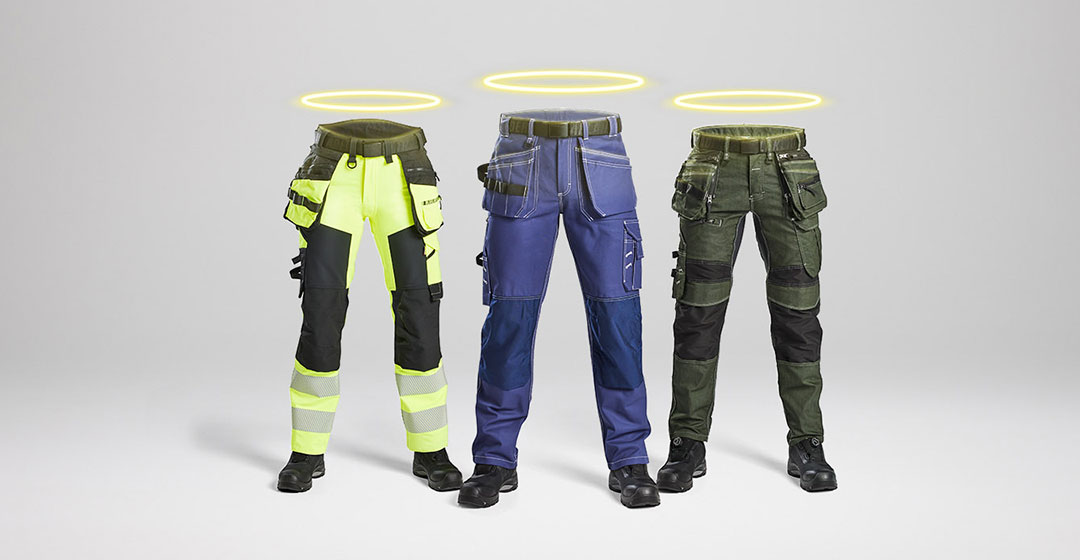
Contact the retailer where you bought your trousers for help under the guarantee.
Look after your clothes and they’ll last longer
Our materials, reinforcements and seams can take a beating, but when you work hard, your clothes work hard. Give them a little love when they need it, just like we did in production. Washing at the right temperature and mending small holes before they grow can help your workwear last even longer.
ENVIRONMENT
DOPE DYED FIBRE CUTS OUR EMISSIONS
The traditional textile dyeing process is a real environmental bad boy, as it uses a lot of water, chemicals and energy to get the right colour on fabric and yarn. We wanted to go a different way – and we did. By switching to dope dyed fibre (also known as solution dyed and spin dyed), where the colour pigments are added during the production of the fibre itself, we’ve managed to significantly cut both water consumption and climate-impacting emissions.
Dope dyed fibre = 85% less water & 90% less chemicals
Blåkläder has gradually switched to dope dying for synthetic fibres, which are currently used in around 400 garment models. The climate savings per individual garment are around 50–100 grams of carbon dioxide equivalents and around 10 litres of water. That may not sound like much, but totalled up for the whole of last year’s production, it resulted in savings of 353 tonnes of climate-impacting emissions and 43 million litres of water.
What’s more, the technology makes our clothes even better, with dope dyeing producing stronger colours that resist both washing and UV rays.
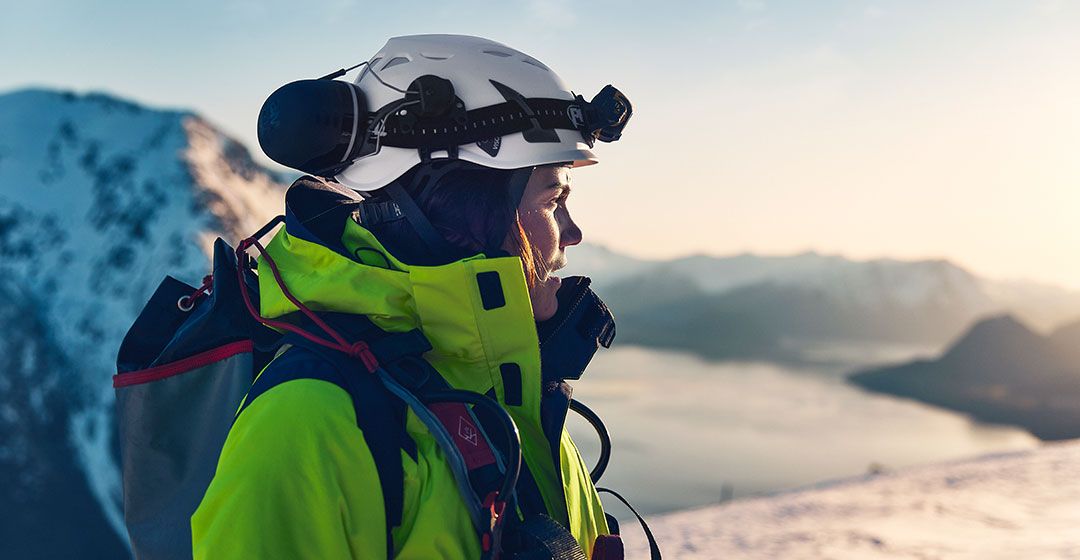
Transformation doesn’t happen overnight – we need to look at every detail of our value chain. We’re constantly working to optimise our manufacturing process and make it as planet-friendly as possible. Increasing the amount of dope dyed fibre has been a significant environmental goal for the business since 2018.
QUALITY CONTROL
OUR LABORATORY - TESTING TO PERFECTION
We don’t want anyone throwing away their shoes just because they don’t fit well or don’t do the job, which is why we meticulously test every safety shoe we make. This is partly about keeping our customers happy. But also about not creating unnecessary climate emissions. The fewer shoes that are made, the better it is for the planet. And the best thing we can do is to minimise the reasons for buying new products.
Our test lab keeps us one step ahead in the development of safety shoes.
– Lars Johansson, Product Manager Shoes, Blåkläder
Opened in 2022, the Blåkläder shoe factory is located in the village of Ulapane, outside Kandy in Sri Lanka. The factory employs 600 people and has the capacity to produce 900,000 pairs of safety shoes annually.
It’s also home to our high-tech test lab, which checks the quality, functionality, ergonomics and safety of our work shoes. Not a single model of shoe is sent out into the world from Sri Lanka without passing through the lab.
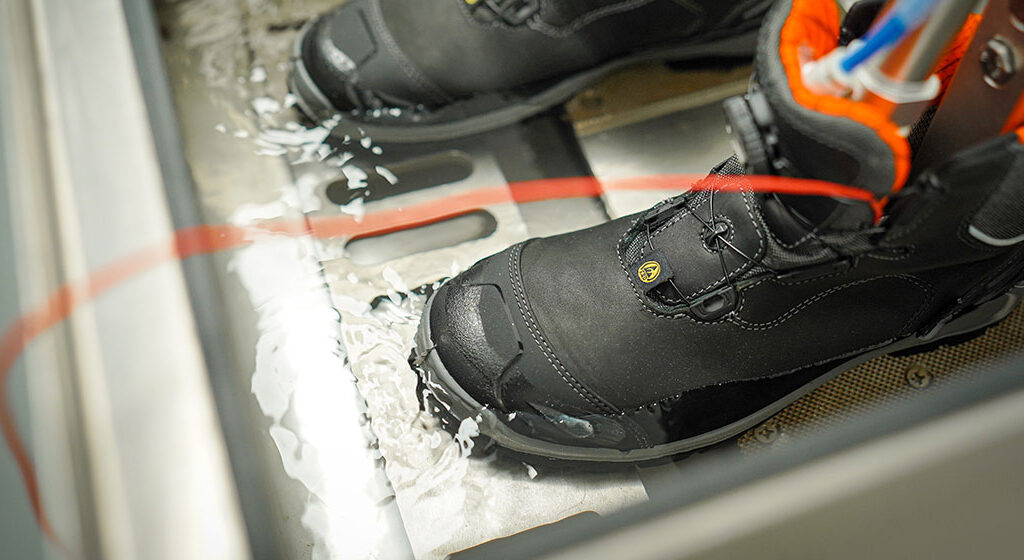
The 102-square-metre lab is where innovation, technical advances, developments and extremely thorough testing take place. Everything is tested here to ensure that the shoes deliver what they promise – the quality that Blåkläder’s customers expect. And after successful tests, we test again. And again.
Our test lab delivers many benefits in our continued quest to create the perfect safety shoes. It’s unusual to have such a large and modern laboratory, but we saw no other option than to go all out. Now we can stay one step ahead in the development and quality of our safety shoes.

